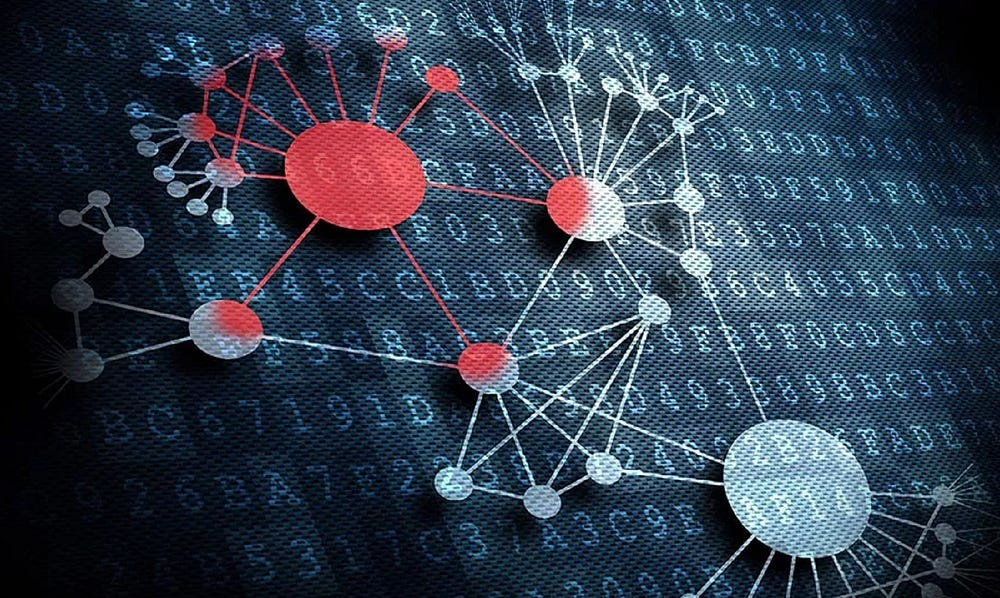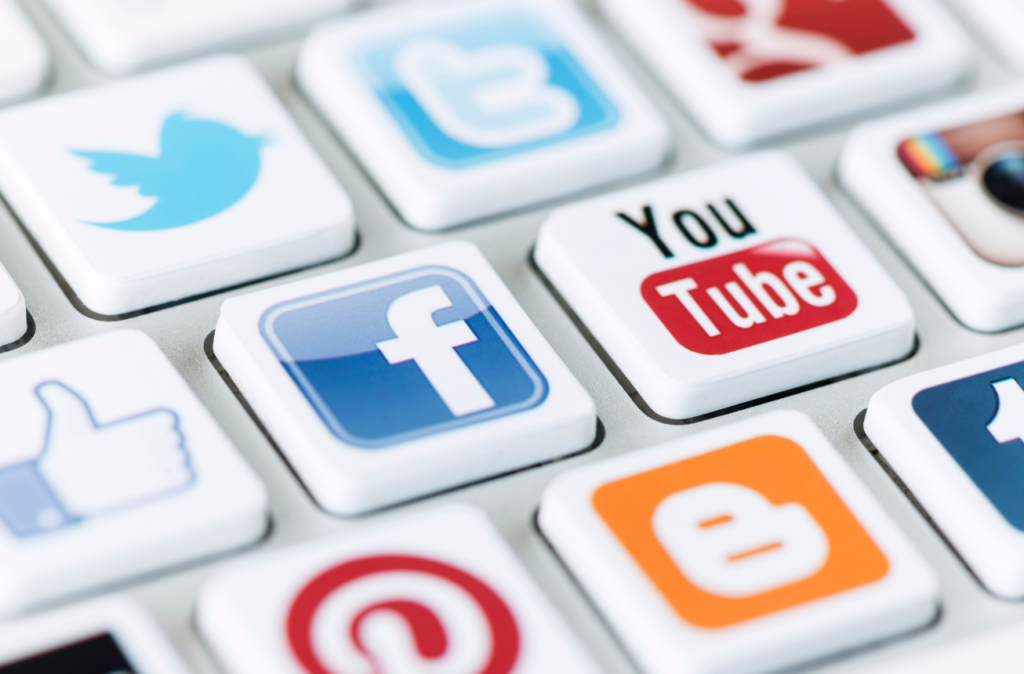Why these terms deserve careful distinction
In our digitally driven world, the lines between “social media” and “social networks” often blur.
Understanding the subtle yet significant differences between these concepts is crucial for anyone navigating the online landscape and for businesses seeking to leverage these platforms effectively.

Understanding the Fundamentals
- Networking: Building and fostering connections is at the heart of networking. It’s a dynamic process where individuals or groups strategically interact to exchange information, cultivate mutually beneficial relationships, and access resources. Networking occurs beyond the internet – think of professional conferences, job fairs, and community gatherings.
- Social Network: A social network maps out the web of relationships among individuals or groups. These networks exist offline – our friends, family, colleagues, and broader communities all form our offline social networks. The digital revolution gave rise to online social networks. These dedicated platforms, like Facebook or LinkedIn, allow users to maintain existing connections, forge new ones, and interact on a larger scale.
- Social Media: Think of social media as the toolbox facilitating the formation and growth of online social networks. It comprises websites, applications, and software designed for users to create, share, and engage with various content types. Text posts, photos, videos, live streams, and even interactive games are all elements found within the social media realm. Popular platforms like Instagram, Twitter, YouTube, and TikTok exemplify the power of social media.
The Crucial Distinction
The fundamental difference between social networks and social media lies in their emphasis:
- Social networks place the spotlight on the people and the interconnectedness between them.
- Social media provides the technological infrastructure and tools that bring those connections to life in a virtual setting.

Illustrative Examples
- Social Networks:
- Your close-knit circle of friends and extended family form a core part of your offline social network.
- Professional platforms like LinkedIn prioritize career-oriented connections, fostering an online social network within specific industries or fields.
- Social Media:
- Facebook, with its focus on social sharing and virtual communities, is a prime example of a social media platform.
- Twitter, known for its microblogging format and real-time updates, offers another avenue to connect, share, and consume information, making it a powerful social media tool.
Social Channels
The concept of “social channels” adds another layer. They are the specific outlets or presences within a social media platform.
Examples include:
- A brand’s Facebook page
- A thought-leader’s Twitter account
- A popular YouTube creator’s channel
The Evolution of Online Connections
Social networking predates the digital age.
People have always formed social groups and communities.
Yet, social media has undeniably accelerated and reshaped how we connect. It enables instantaneous communication across the globe, facilitates niche community building, and propels the rapid dissemination of ideas and content.

Key Takeaways
- Social media and social networks are interdependent, yet they have distinct roles.
- Social networks are centered on human relationships and their patterns.
- Social media offers the digital environment where these networks thrive, providing tools for interaction and content sharing.
